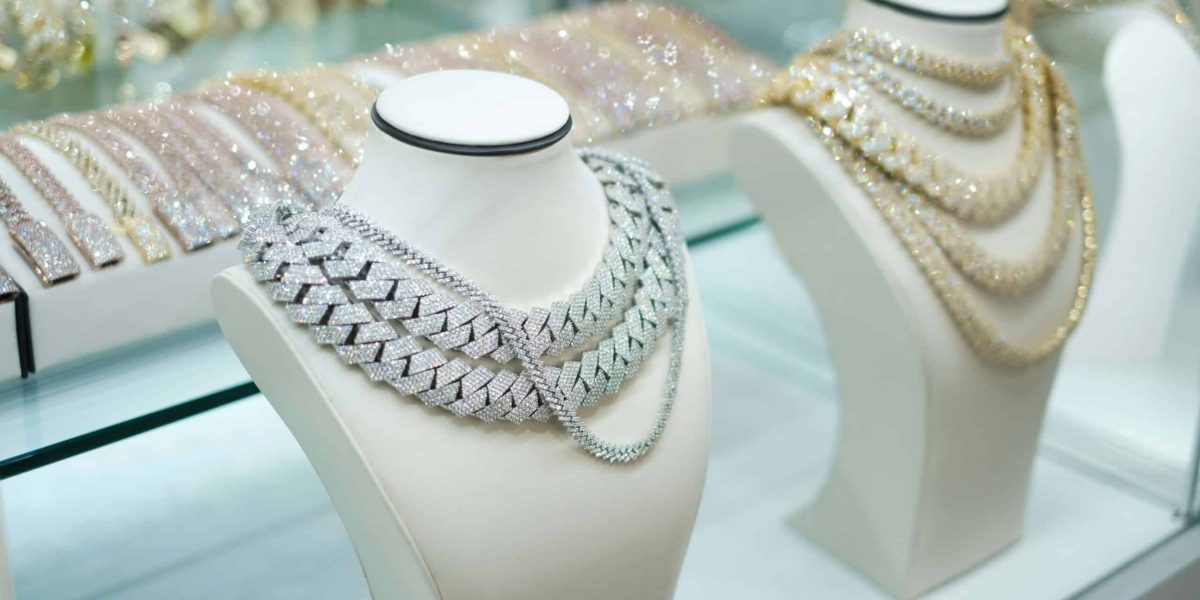Diamonds are more than just dazzling gemstones; they are marvels of nature shaped over billions of years. To truly appreciate their beauty and value, it’s important to understand the factors that determine their worth. The 4Cs—Carat, Cut, Clarity, and Color—are the foundational aspects of diamond grading, but there’s much more to these stones than meets the eye. By delving into the science of gemology, exploring different diamond cuts, and learning about grading systems, you can develop a deeper understanding of these timeless treasures.
Read Also: Travel and Adventure Ideas: Destinations, Packing Tips, and Budget-Friendly Hacks
What Are the 4Cs of Diamonds?
The 4Cs provide a universal framework for assessing diamond quality. Developed by the Gemological Institute of America (GIA), this system allows buyers and experts to evaluate diamonds using objective criteria. Each “C” plays a unique role in determining the stone’s beauty and value.
Carat refers to the weight of the diamond. While larger diamonds are often more expensive due to their rarity, carat weight alone does not dictate value. Two diamonds of the same carat weight can vary significantly in price based on their other qualities.
Cut is arguably the most critical factor in showcasing a diamond’s brilliance. A well-cut diamond reflects light in a way that maximizes its sparkle and fire. The precision of the cut affects how light enters and exits the stone, making it appear more radiant.
Clarity measures the internal and external imperfections, known as inclusions and blemishes, respectively. Diamonds with fewer flaws are more valuable because they allow light to pass through without obstruction.
Color assesses the absence of color in a diamond. The most prized diamonds are those that appear completely colorless, as even the slightest tint can influence their value. The GIA grades diamonds on a scale from D (colorless) to Z (light yellow or brown).
How Do Diamond Cuts and Shapes Influence Beauty?
Beyond the 4Cs, the shape of a diamond plays a major role in its aesthetic appeal. While round brilliant cuts are the most popular due to their unmatched sparkle, other shapes like princess, emerald, and oval offer distinct styles that cater to different tastes. Each shape interacts with light differently, creating unique visual effects.
A round brilliant diamond is designed to maximize brilliance through precise mathematical proportions. Its symmetry and facet arrangement ensure that light reflects and refracts perfectly.
An emerald-cut diamond, on the other hand, features a step-cut design with long, clean lines. This style emphasizes clarity and gives the stone a sophisticated, vintage appearance.
Shapes like pear, marquise, and heart cater to those seeking a more unconventional look. While these shapes may not reflect light as efficiently as round cuts, they offer individuality and charm.
The choice of shape is a deeply personal decision influenced by taste, lifestyle, and the intended setting. Whether you prefer the timeless allure of a round diamond or the elegance of an emerald cut, understanding how shape impacts brilliance can guide you in making the right choice.
Why Is Diamond Grading Important?
Diamond grading systems provide an objective way to assess the quality of a stone. Certificates from trusted organizations such as the GIA or the American Gem Society (AGS) include detailed evaluations of the diamond’s 4Cs, ensuring transparency and consistency in the marketplace.
A grading report verifies that the diamond’s characteristics are accurately represented, which is particularly important for buyers making significant investments. These reports include a plotted diagram of inclusions, a precise measurement of dimensions, and an overall grade for cut, color, and clarity.
Grading also helps identify the diamond’s origins and ethical sourcing. With the rise of lab-grown diamonds and concerns about conflict diamonds, certification plays a vital role in assuring consumers that their purchase aligns with ethical standards. Certified diamonds provide peace of mind, knowing that the stone has been evaluated by impartial experts.
What Makes Diamonds Unique Beyond the 4Cs?
While the 4Cs offer a comprehensive way to evaluate diamonds, there are other factors that enhance their uniqueness and appeal. Fluorescence, for instance, refers to the diamond’s ability to emit a soft glow under ultraviolet light. Some diamonds with fluorescence may appear more vibrant, while in others it could slightly diminish their value.
The diamond’s origin also adds to its story. Natural diamonds are formed deep within the Earth under intense pressure and heat, taking billions of years to crystallize. In contrast, lab-grown diamonds are created in controlled environments, replicating natural processes in a fraction of the time. While visually identical, these two types of diamonds differ in rarity and cultural significance.
The setting and craftsmanship of a diamond ring or piece of jewelry can further elevate its beauty. A skillfully crafted setting enhances the diamond’s brilliance and provides a secure yet elegant frame. Choosing the right metal—platinum, white gold, or yellow gold—can complement the diamond’s color and overall design.
Gaining a Deeper Appreciation for Diamonds
Understanding diamonds goes beyond their sparkle. By learning about the 4Cs, exploring different cuts and shapes, and recognizing the importance of grading systems, you can appreciate the science and artistry behind these gems. Whether you’re purchasing a diamond as an investment, a symbol of love, or an heirloom, this knowledge empowers you to make informed decisions.
Read Also: Digital Marketing Ethics: Considering Ethical Implications of Digital Marketing Practices
Diamonds are not just stones; they are reflections of history, craftsmanship, and emotion. Their beauty lies in their uniqueness, and with the right understanding, anyone can unlock the magic of these precious treasures.








